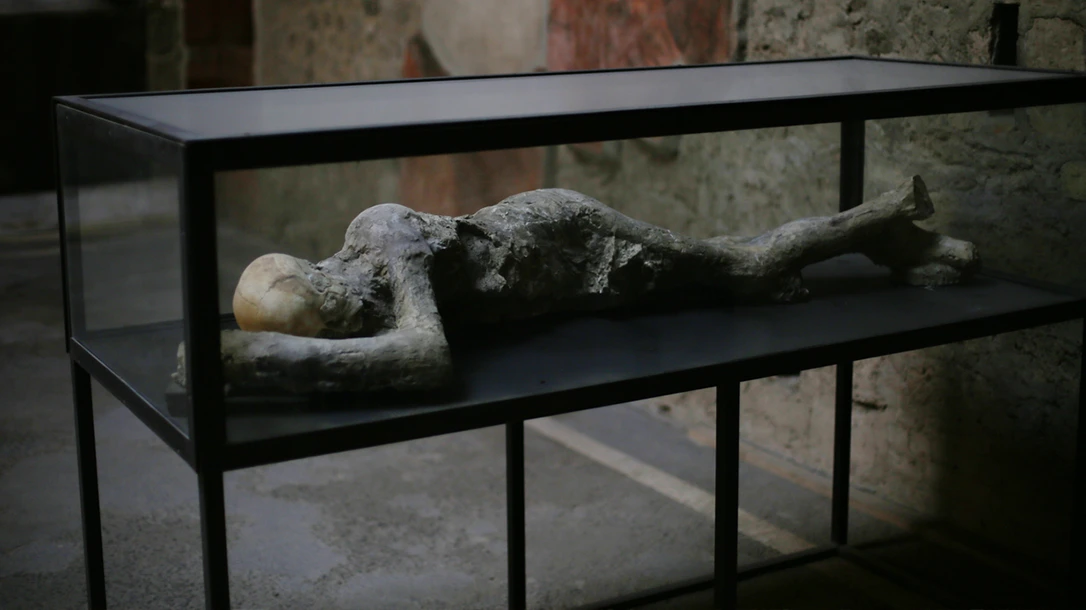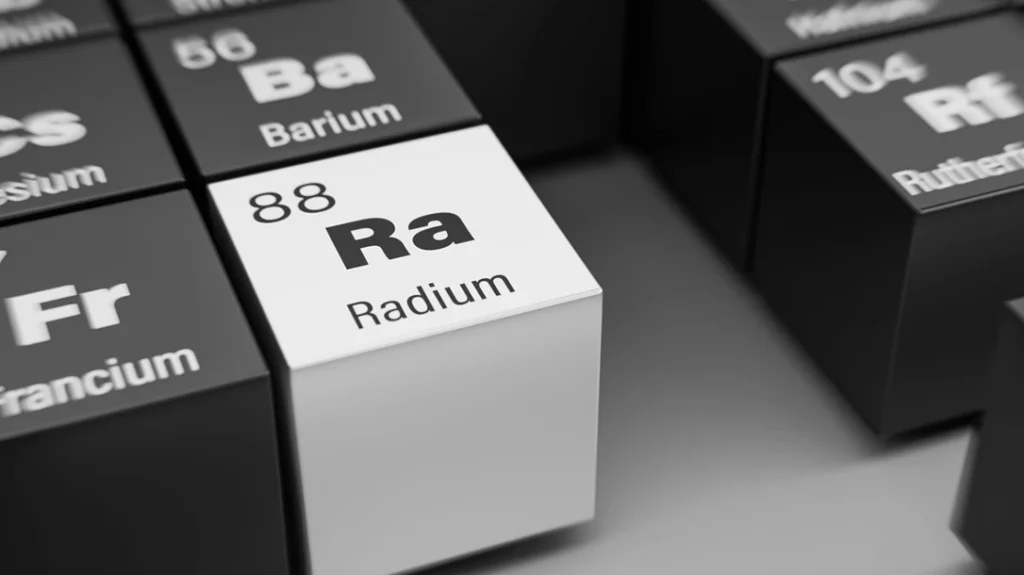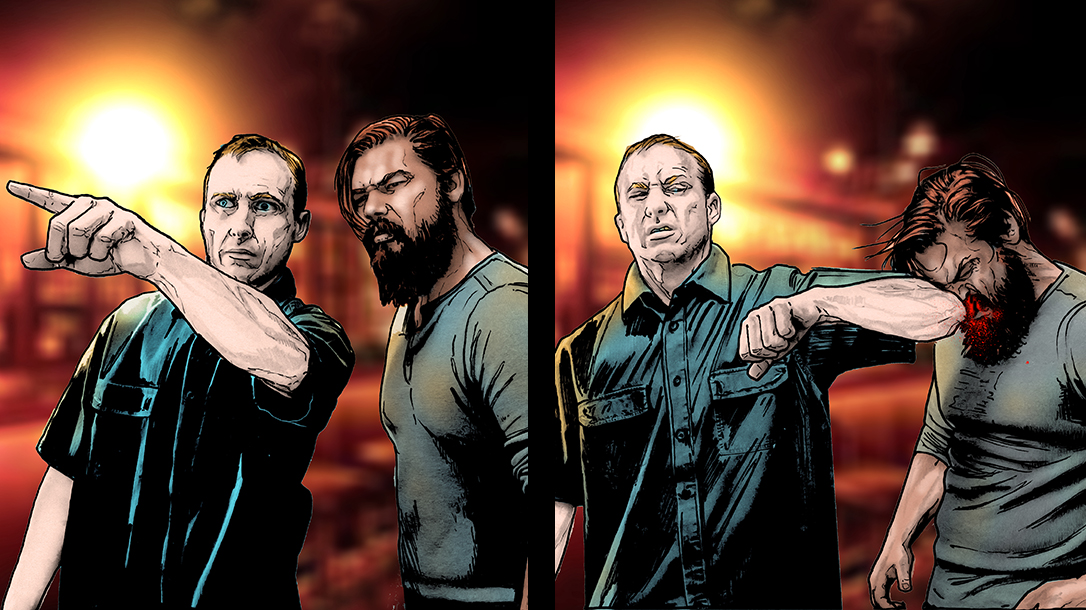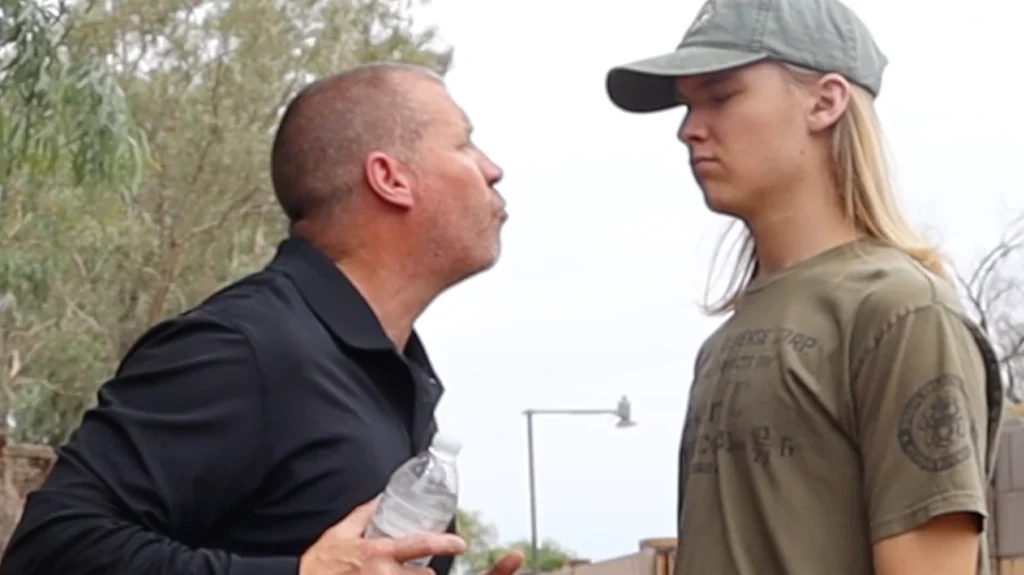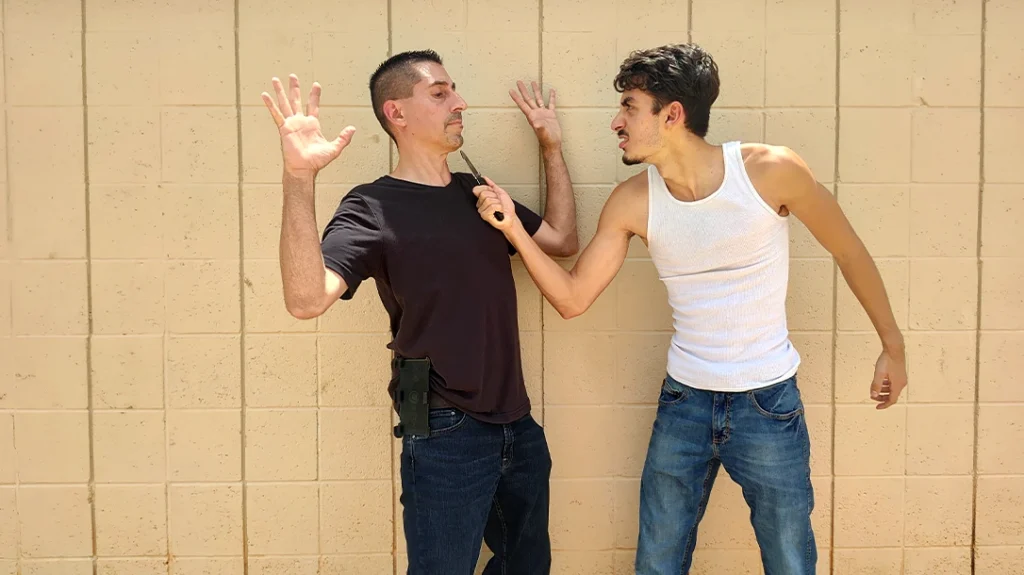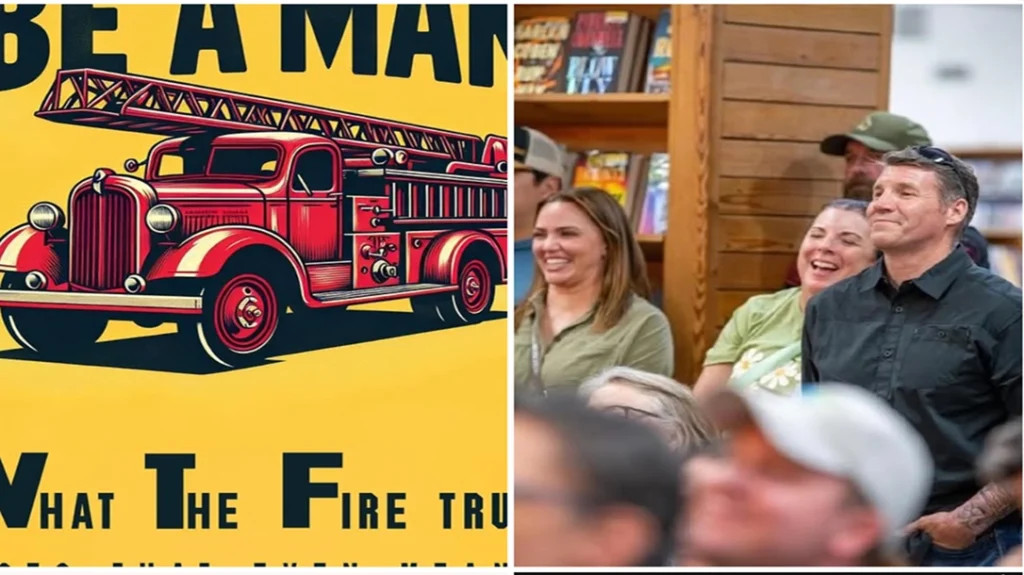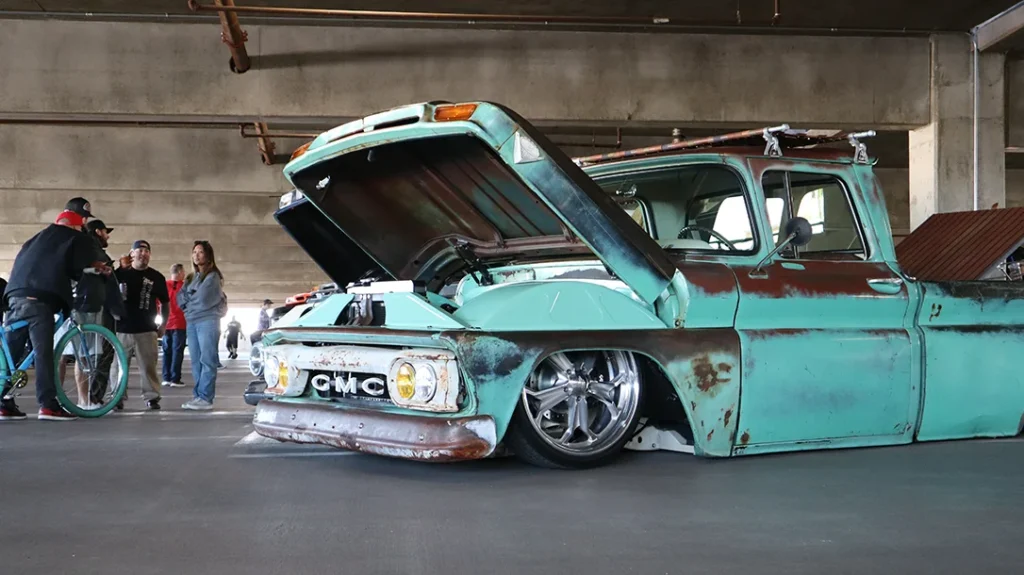Stepping through the surprisingly ordinary doors of the Museum of Death, whether in its iconic Hollywood, California, location or its former New Orleans outpost, isn’t merely entering a building; it’s embarking on a profound and often disquieting journey into the very essence of human mortality.
This isn’t your typical historical exhibit; rather, it’s a meticulously curated, visceral exploration of death’s multifaceted presence in our world. Within its dimly lit halls, visitors are confronted with the raw, unsettling realities of our finite existence, presented through an astonishingly diverse and often macabre collection.
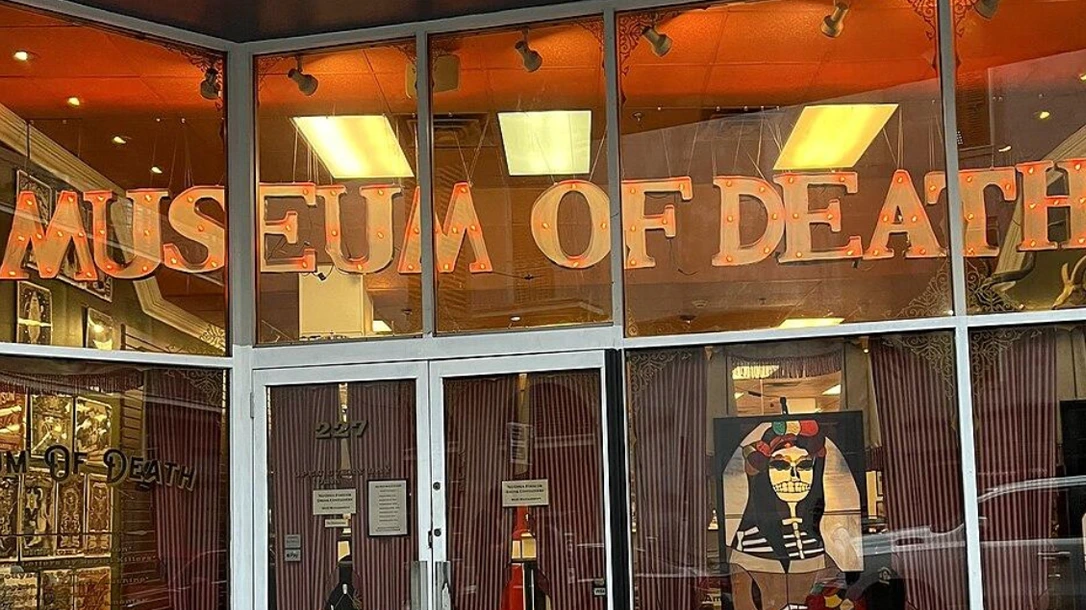
Advertisement — Continue Reading Below
A Place Where Death Comes Alive
From the unsettling preservation of genuine human body parts and the chilling, handwritten correspondence of notorious serial killers to the intricate details of historical autopsy instruments and graphic crime scene photography, every artifact serves as a stark reminder of life’s fragility.
The museum functions as an unapologetic shrine to the morbid, the bizarre, and the utterly inevitable aspects of our demise. It unflinchingly showcases the cultural expressions surrounding death, the artistic interpretations it inspires, and the intricate industry built around it. This immersive experience is unequivocally not for the faint of heart; the content can be disturbing and challenging.
However, for those driven by an insatiable curiosity or perhaps a darker, more profound fascination with the taboo, the Museum of Death offers an exceptionally rare and unfiltered opportunity to confront, contemplate, and maybe even comprehend the pervasive role death plays in the human experience.
Advertisement — Continue Reading Below
A Vision Rooted in the Macabre
Born from the shared, profound fascination of JD Healy and Cathee Shultz, the Museum of Death first opened its doors in 1995. Their shared obsession with the multifaceted subject of death compelled the couple to meticulously gather an astonishing array of artifacts, ranging from the unsettling precision of antique embalming tools to the chilling, unfiltered reality captured in crime scene photographs.
What began as a mere private passion, a collection amassed within the confines of their own lives, swiftly blossomed into a comprehensive, full-fledged institution. This unique museum caters specifically to the “darkly curious,” offering an unfiltered, unflinching look at the culture and realities surrounding mortality. The overarching objective driving this unusual establishment remains remarkably optimistic: to ultimately “make people happy to be alive.”
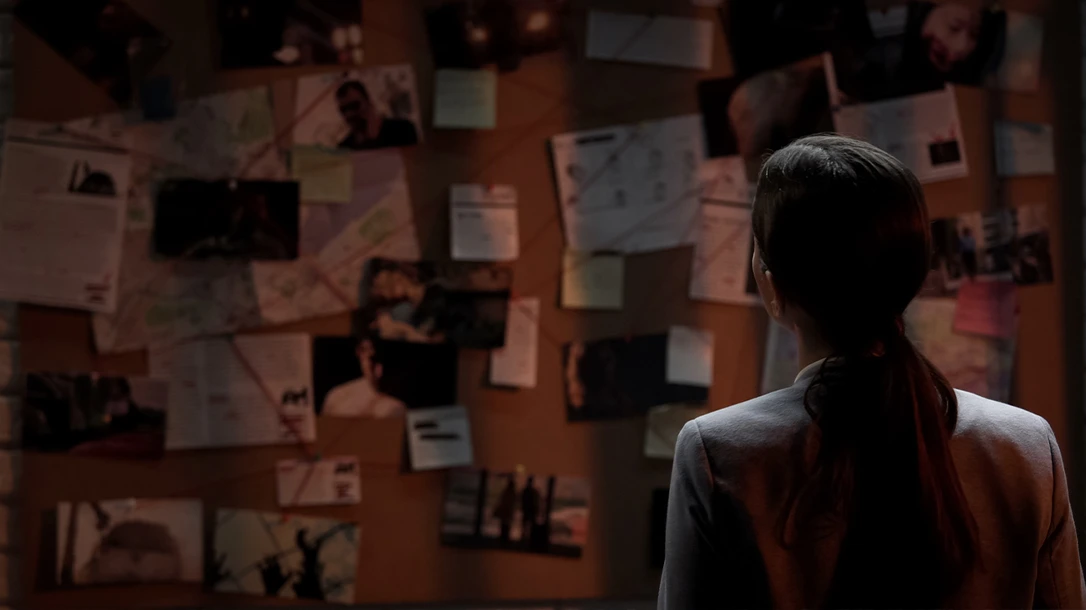
Advertisement — Continue Reading Below
Serial Killer Art and Artifacts
Perhaps the most profoundly unsettling and undeniably compelling segment within the Museum of Death is the infamous Serial Killer Gallery. Visitors can examine handwritten letters, revealing insights into their disturbed thoughts and chilling confessions, alongside artwork created by these individuals, often serving as disturbing windows into their psyches.
Personal belongings, mundane yet eerie due to their association, further cement the visceral connection to figures like the charismatic yet brutal Ted Bundy, the horrifyingly deceptive John Wayne Gacy, and the terrifying “Night Stalker,” Richard Ramirez.
Among these grim artifacts, Gacy’s clown paintings stand out as particularly notorious and disturbing. These canvases, rendered in garish, unsettling hues, possess a haunting quality, their oddly childlike innocence clashing violently with the unspeakable acts committed by their creator.
Advertisement — Continue Reading Below
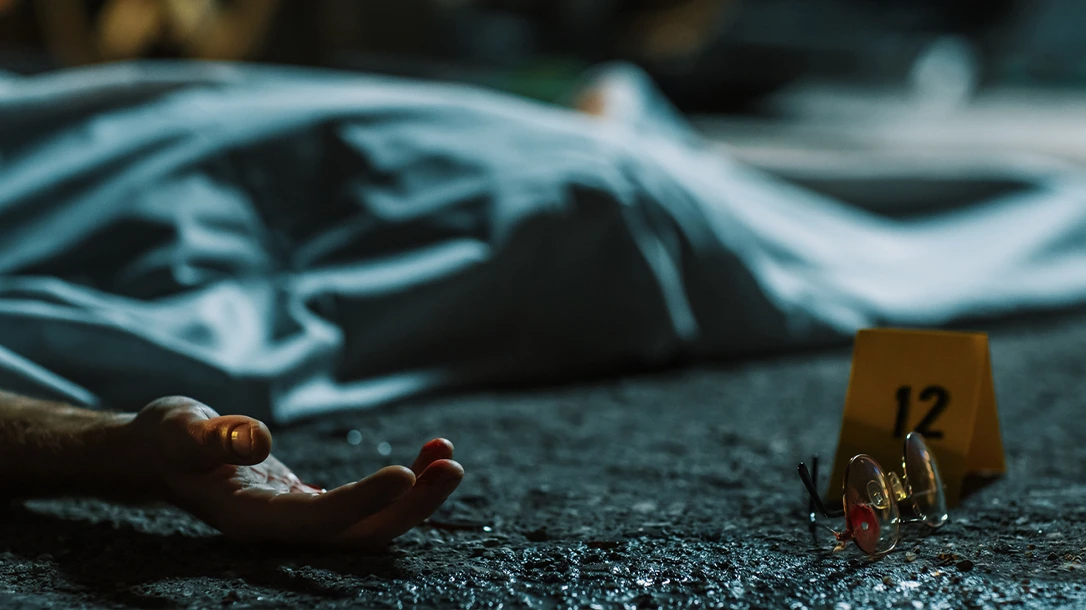
True Crime Memorabilia
Beyond the chilling confines of the Serial Killer Gallery, the Museum of Death continues its unflinching exploration of human depravity and mortality by showcasing a vast array of disturbing relics from major crime scenes.
These exhibits plunge visitors deeper into the grim realities of real-life horrors, presenting authentic newspaper clippings that once sensationalized unimaginable events, intricate court documents detailing legal proceedings against perpetrators, and stark, official police reports that lay bare the brutal facts of violent acts. Each piece serves as a raw, unfiltered testament to the darkest corners of human behavior and the indelible marks left by tragedy.
Advertisement — Continue Reading Below
Mortuary Equipment and Embalming Tools
A morbidly fascinating section of the museum offers a chilling glimpse into the historical and practical aspects of preparing the deceased. Here, visitors encounter an array of vintage mortuary equipment, each tool bearing the silent testimony of countless final preparations. Alongside these are meticulously preserved embalming kits, complete with their arcane instruments and often unsettling chemicals, revealing the evolution of this ancient practice.
Adding to the macabre atmosphere, an actual coffin showroom setup allows for a contemplative, if somewhat eerie, consideration of the final resting place, showcasing various designs and materials used throughout different eras. For those with a strong stomach and a keen interest in anatomy, the exhibit also features a truly unique and arresting display: a dissected human head, presented with the explicit purpose of illustrating the intricate structures relevant to anatomical studies, serving as a potent, tangible reminder of our own fragile biology..
Death Photography and Memorial Art
In the 19th century, a practice that may seem macabre to modern sensibilities was, in fact, a common and cherished form of remembrance: post-mortem photography. The museum dedicates a substantial and genuinely eerie collection to these unique portraits. Here, viewers encounter photographs of babies, children, and adults, carefully posed to appear as if merely asleep, or even still alive, often arranged with their families or favorite objects.
Advertisement — Continue Reading Below
This poignant display offers an extraordinary window into a bygone era, a time when death was a far more visible, integrated, and less taboo part of daily life. These images served not only as a final memento but also as a vital step in the grieving process for families grappling with loss.
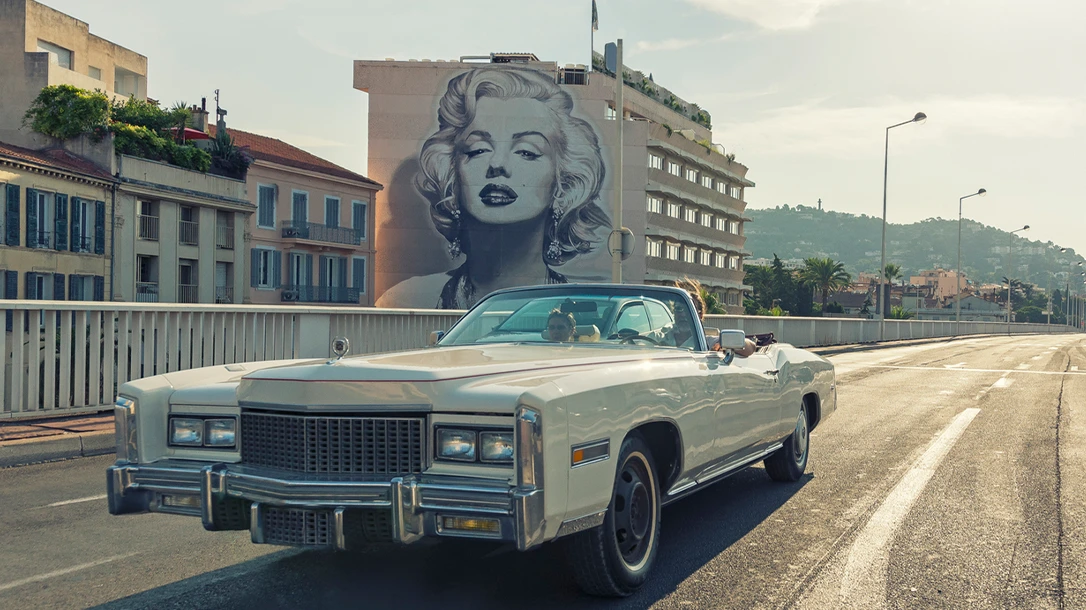
Cults, Suicide, and Celebrity Deaths
Another section of the museum delves into the profound impact of mass death events, offering sobering insights into tragedies such as the infamous cult suicides at Jonestown and Heaven’s Gate. This area features particularly compelling and somber displays, showcasing actual artifacts recovered from the Heaven’s Gate incident, providing a tangible and unsettling link to the past.
Advertisement — Continue Reading Below
For visitors with an interest in pop culture, the museum also dedicates space to examining the often-shocking details surrounding high-profile celebrity deaths, presenting curated information on figures like the enigmatic musician Kurt Cobain, the legendary rapper Tupac Shakur, and the iconic actress Marilyn Monroe, often revealing chilling and lesser-known aspects of their final moments.
Why Visit the Museum of Death and what to expect?
It’s easy to dismiss the Museum of Death as a shock-value tourist trap. But beyond the horror and spectacle lies a deeper, existential truth: death is the great equalizer. This museum challenges cultural sanitization of mortality, offering an unfiltered view of grief, ritual, violence, and remembrance. The experience is both educational and emotional. Some visitors leave disturbed, others reflective. Many feel strangely comforted; death, after all, is something we all must face.
The museum is a self-guided tour and can take anywhere from 45 minutes to 2 hours, depending on your pace (and constitution). There are no age restrictions, but it’s strongly discouraged for children or the emotionally sensitive. One can expect to see graphic content (including photos of real corpses and autopsy images), disturbing sounds and smells (some rooms are scented to mimic mortuaries), and limited photography. The museum also has a small but macabre gift shop with death-themed souvenirs.
Advertisement — Continue Reading Below
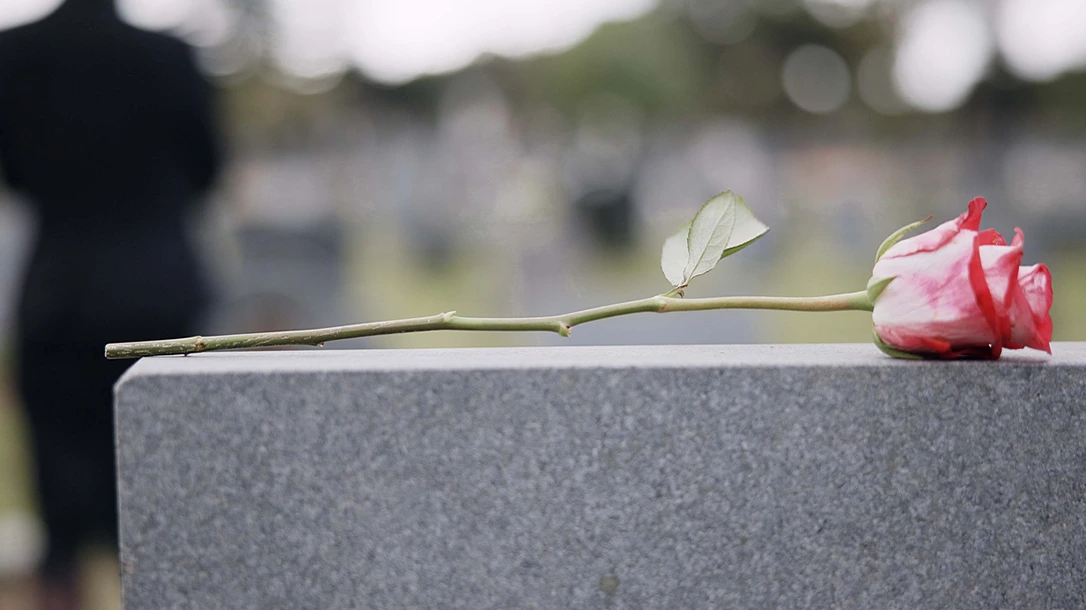
A Challenging Gaze into Mortality
The museum has its critics. Some argue it sensationalizes suffering or exploits victims for profit. Others see it as a necessary confrontation with human nature and history. The curators have defended their work as educational and respectful, and note that much of the content is already in the public domain. Regardless of opinion, the Museum of Death has carved out a space where taboo topics are laid bare.
The Museum of Death offers a jarring but important reminder: we are mortal. In a culture obsessed with youth, beauty, and immortality, this museum stands as a counterweight. It does not flinch. It does not filter. Instead, it invites us to gaze directly at the thing we most avoid, and perhaps come away with a new appreciation for the fragile, fleeting nature of life.
